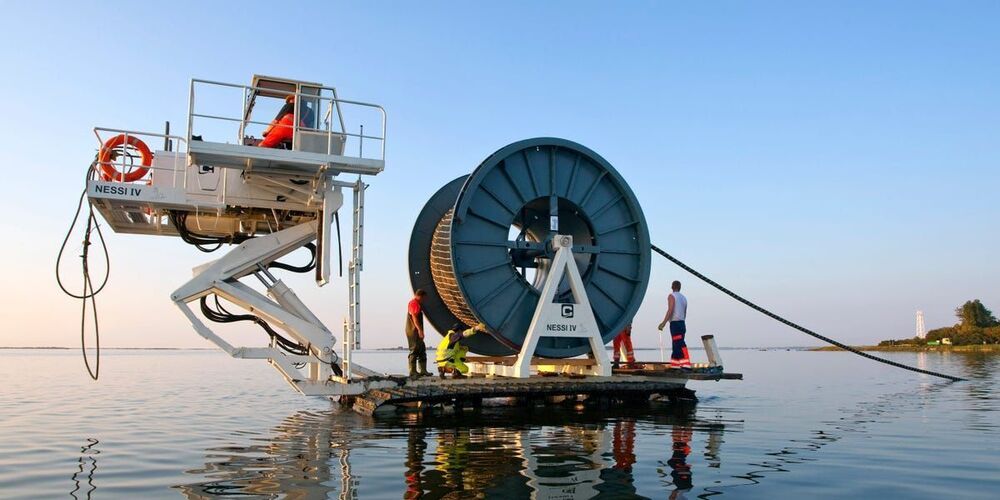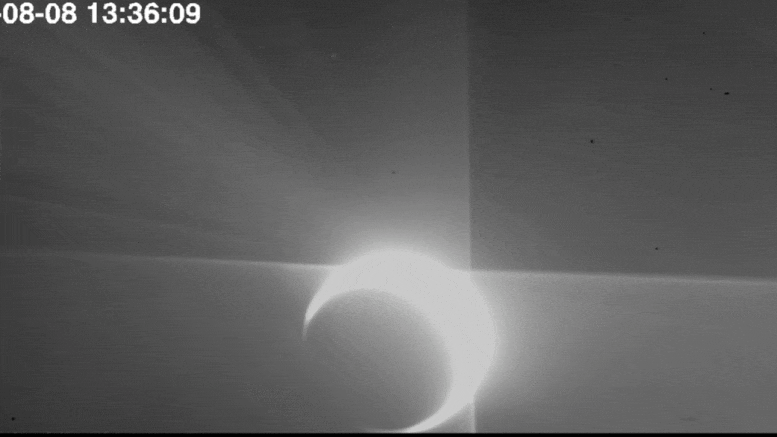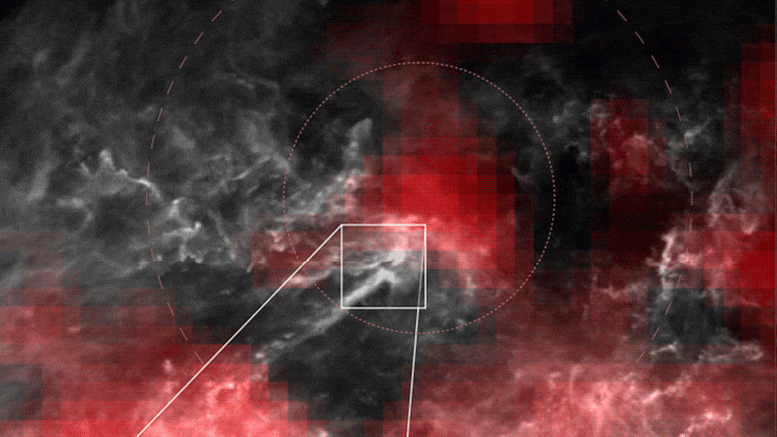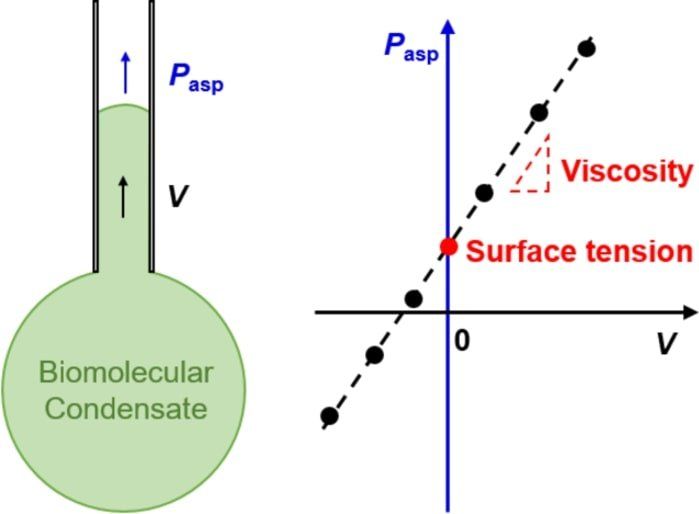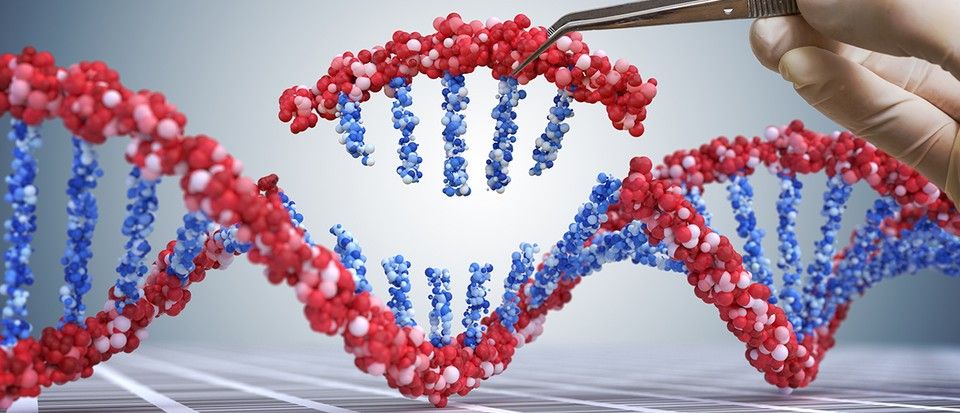The material properties of these protein droplets are important because they play pivotal roles in neurodegenerative diseases such as amyotrophic lateral sclerosis (ALS) and Alzheimer’s and Parkinson’s diseases. The basic idea is that liquid droplets of certain proteins can change to clogs, or aggregates of molecules, which are hallmarks of these diseases.
Summary: Researchers have developed a new technique to quantify protein droplets associated with a range of neurodegenerative diseases, including Alzheimer’s, Parkinson’s, and ALS.
Source: Rutgers University
Some proteins in cells can separate into small droplets like oil droplets in water, but faults in this process may underlie neurodegenerative diseases in the brains of older people. Now, Rutgers researchers have developed a new method to quantify protein droplets involved in these diseases.
The novel technique, which simultaneously quantifies the surface tension and viscosity, or thickness, of protein droplets, will help scientists to study how they change, opening the way to improved understanding of the mechanisms of these diseases and the development of drug treatments.
